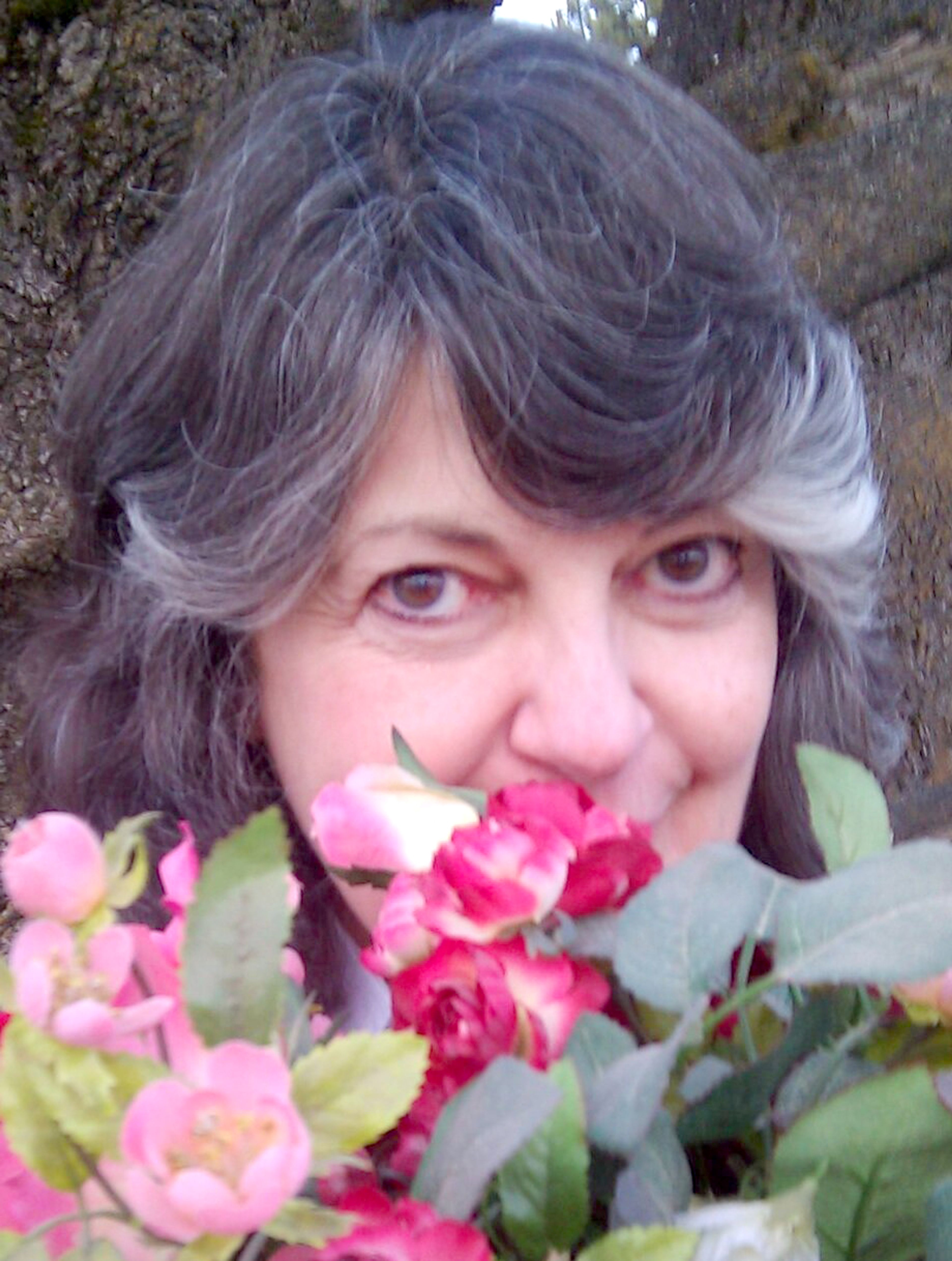Impetuous Gardener: I welcome bees, birds and butterflies in my not-so-secret garden
I received a thoughtful email recently from a lifelong gardener who wrote that she loves “how it feels to be a part of the web of life: the plants, the earthworms, the birds, the bees.” She asked if I would consider writing a column about the value and importance of planting native flowers, shrubs and trees.
“Petunias and tulips are easy and fun, yes, but they don’t do a thing to help our struggling wild birds, bumblebees and other insects.” I replied that I welcome bees, butterflies and hummingbirds to my flower garden and have, for decades, planted varieties of perennials that attract pollinators. Asters, salvia, coreopsis and monarda share space with my English-garden favorites, canterbury bells, phlox, delphiniums and hollyhocks, and the bees seem particularly fond of purple catmint. I won’t give up my tulips, though.
A bee house hangs above the door of our garden shed, and mason bees fill its cells every year. The apple tree in our front yard offers finches, sparrows, chickadees and other small birds a safe place to perch, and two sturdy feeders hold their favorite sunflowers chips. In wintertime a low-wattage bulb keeps the water temperature in their birdbath above freezing, but the bird-brained pine siskins insist on bringing their ice skates.
Every summer Lee and I stop watering our lawn in late June and let it lie dormant until the rains begin in September. This spring we laid porous soaker hoses in all our gardens to water at root level the vegetables, flowers, raspberry and blackberry bushes. This spring I set aside three raised beds in our side yard for growing pumpkins, and I let their soaker hoses run for a while nearly every night. Our water bills indicate, though, that we’re using significantly less water this summer, with only soaker hoses, than last year, when we relied mainly onportable sprinklers.
I walk around our gardens every morning and early evening, mainly to encourage the pumpkin and tomato plants. Sometimes, though, I visualize our backyard as it looked 12 years ago, when Lee and I moved to Moscow. I felt sure then that hidden gardens lay buried somewhere under the prickly weeds and matted grass along the fence and in a forgotten corner of the side yard. The possibility of hidden gardens has fascinated me since childhood, when I read “The Secret Garden” by Frances Hodgson Burnett. When my best friend and I were in grade school, we went exploring under a high footbridge near my neighborhood and discovered tiny wood violets, growing in soggy dirt along a sunless, spooky path. I began to sense the magical power of theGarden Goddess.
I spent our first autumn in Idaho pulling out long strands of quack grass and digging down to the tough roots of stinging nettles. The project, daunting to begin with, took twice as long as I expected, because I wasn’t working alone. Our two big, galumphing dogs, a golden retriever and an Old English sheepdog, volunteered to be my helpers. They defined their jobs as sprawling across my workspace, knocking over the weed bucket and bumping me off-balance while they licked my face. When Benjamin BadKitten joined the crew, he bullied the big dogs and appointed himself as my chief garden staffer. Despite my less than helpful team, I weeded my way along the back fence, where I found tulip bulbs and stubs of heritage peonies embedded in hard clay. Every spring since then, the peonies seem to celebrate their liberation with lush crimson petals and shiny green leaves. In the side yard that first season, though, I cleared away thickets of Oregon grape and thorn bushes without finding any trace of a lost garden. Instead, I came away only with raw scratches on my face and arms.
While I waited for the next gardening season, I wondered whether I could make my own magic. Maybe I could turn over the sod around the apple tree in our front yard and discover a hidden garden, blooming with color and fragrance. As soon as the soil warmed, I dug up the sod, one heavy shovelful at a time. I’ve spent the years since then creating the hidden garden that has lain in my heart since I saw the violets under the bridge.
Craft Rozen continues to find joy and peace in her Church of Dirt and Flowers. Email her at scraftroze@aol.com.








